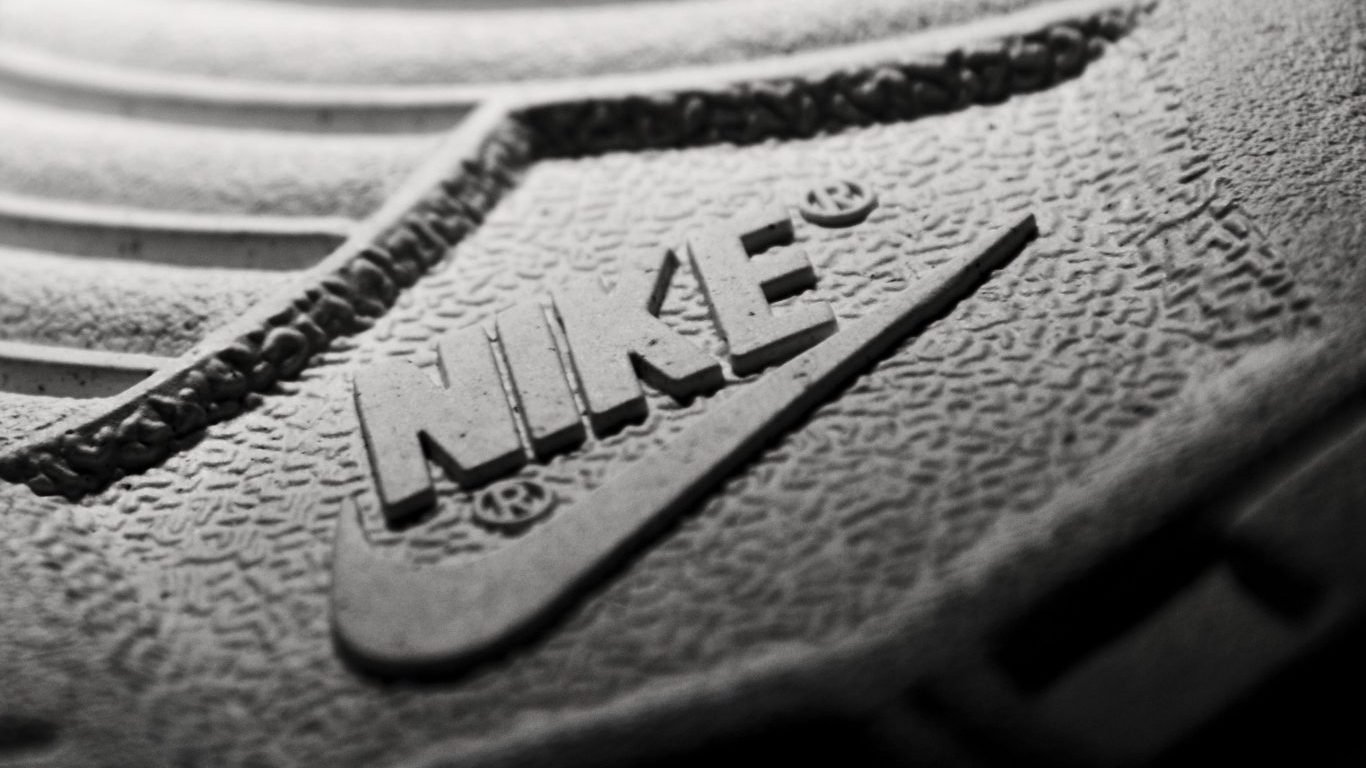

Nike Inc. (NYSE: NKE) may not be the biggest component of the Dow Jones industrial average, but it is one of the most influential companies in the world. Sports are a large part of life (at least until the coronavirus outbreak), and the Nike Swoosh has become synonymous with almost any and all things athletic.
While the Dow, S&P 500, Nasdaq and stock market in general have started to recover, Nike stock looks to be outpacing most of the pack, at least in the Dow. Nike’s stock price just recently crossed back above its 50-day average price, so as the markets are gaining momentum, and when consumer sentiment improves, Nike will be well positioned to leap from here.
Analysts overhauled Nike’s consensus price target when the markets bottomed in March, which coincided with Nike’s earnings report. A bearish outlook from analysts at this point was practically a given, but considering the progress since then, analysts may want to update their price targets. Currently, the consensus price target is just above $93, but this was modeled when Nike shares were sitting around $63. Now shares are closer to $90.
Undefeated
Nike is known as one of the strongest consumer discretionary stocks. The Nike brand is recognized worldwide, and a host of star athletes are wearing their newest and hottest products. For those that aren’t swayed by the spotlight and the stars, or those that don’t even play sports, Nike has athleisure lines for lounging. Nike is a juggernaut on all accounts.
In terms of the production for its numerous apparel and shoe lines, Nike operates nearly 600 factories globally, although some have been paused due to the COVID-19 outbreak in China and now the rest of the world.
Overall, Nike operates 523 factories for finished goods in 40 different countries, employing nearly 1.1 million people. For materials, the company operates 70 facilities in 11 different countries.
China has the lion’s share of these factories, with a count of 110, employing 152,000 people. These factories are mostly geared toward producing apparel (48%), footwear (32%) and equipment (30%).
According to Nike’s 2019 annual report, the company operates over 1,100 stores globally, with 384 in the United States and 768 internationally. Obviously, brick-and-mortar retail has taken a hit during this pandemic, but with a global footprint this big a recovery is not out of the question, based on location. This could be the case from a global perspective, especially considering the recovery in China. Having a global footprint helps significantly.
Feet Don’t Fail Now
Nike released its fiscal third-quarter earnings after the closing bell on March 24. This was right in the thick of the coronavirus impact on the markets. As it stands now, this was close to the bottom. The Dow posted a few of its best days since 1933, quickly following this low. While Nike saw an incredible gain from this bounce, earnings only compounded this sentiment.
In terms of its results, Nike posted $0.53 in earnings per share (EPS) on $10.1 billion in revenue for the quarter. Analysts expected EPS of $0.60 in and $9.84 billion in revenue for the fiscal third quarter. The same period of last year reportedly had $0.68 per share and $9.61 billion.
Overall, revenues increased 5% on a reported basis and were up 7% on a currency-neutral basis, driven by 13% currency-neutral growth in Nike Direct, with digital growth of 36% and strong growth across EMEA, APLA and North America, offset by the impact of COVID-19 on business in Greater China. Digital sales in Greater China increased more than 30%, while brick-and-mortar retail sales were affected by temporary store closures related to the COVID-19 outbreak.
In the third quarter, on a currency-neutral basis, Greater China revenues were down 4%, following 22 consecutive quarters of double-digit growth. However, during the first two months of the third quarter, Greater China’s revenue grew strong double digits, offset by the impacts of COVID-19 beginning in late January.
Despite not living up to expectations in this report, Nike still makes a compelling case going forward, with its digital platform and marketplace. While consumerism (as we know it) is on hold in the United States, that’s not to say Nike won’t see digital sales like it did in China. The trend toward e-commerce has been a long time coming, and luckily Nike has been one of the early adopters.
E-Commerce Empire
Coming out of this most recent earnings report, Nike’s strong brand and product pipeline enabled it to raise prices and increase sales of both apparel and footwear. Some analysts also believe that retailers seeking to boost weak sales during this time are turning to Nike to increase customer traffic, increasing Nike’s bargaining power as a supplier.
Moreover, in response to changing purchasing trends, Nike is focusing on its direct-to-consumer (DTC) channel (company-owned stores and website), particularly its e-commerce business. Again, some analysts expect DTC sales to grow at a high-teens pace over the next two years.
Over the long term, Nike is in a position to continue to dominate the athletic apparel and footwear market. It’s worth noting that Nike has a particularly strong presence in high-end footwear, thanks to its marketing strength and endorsements from famous athletes.
Although the industry remains fiercely competitive, it’s highly likely that the company will build on its dominant position through its globally recognized brand, innovative products, economies of scale and rapid growth in emerging and developing markets.
Take This Retirement Quiz To Get Matched With An Advisor Now (Sponsored)
Are you ready for retirement? Planning for retirement can be overwhelming, that’s why it could be a good idea to speak to a fiduciary financial advisor about your goals today.
Start by taking this retirement quiz right here from SmartAsset that will match you with up to 3 financial advisors that serve your area and beyond in 5 minutes. Smart Asset is now matching over 50,000 people a month.
Click here now to get started.
Thank you for reading! Have some feedback for us?
Contact the 24/7 Wall St. editorial team.
 24/7 Wall St.
24/7 Wall St.


